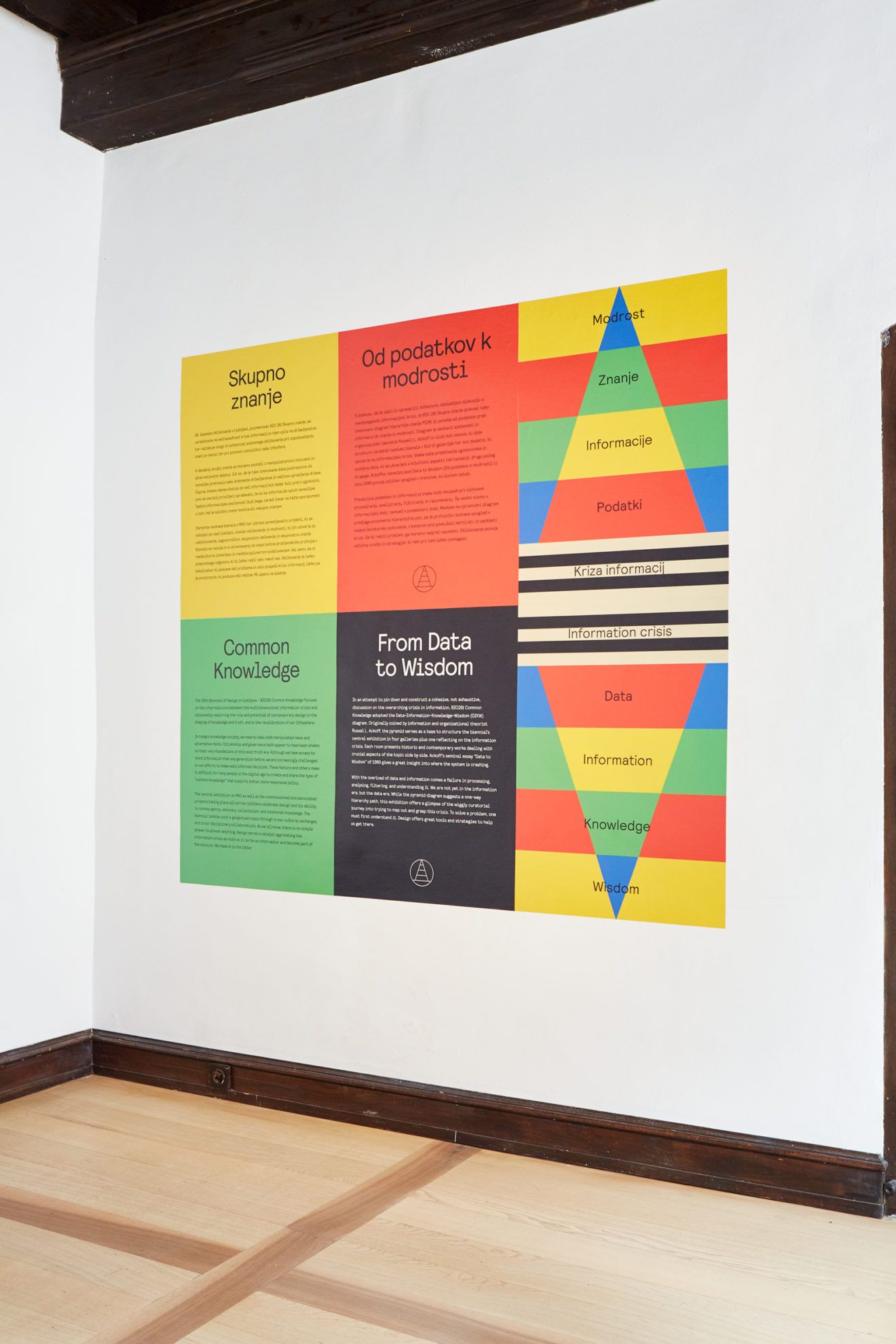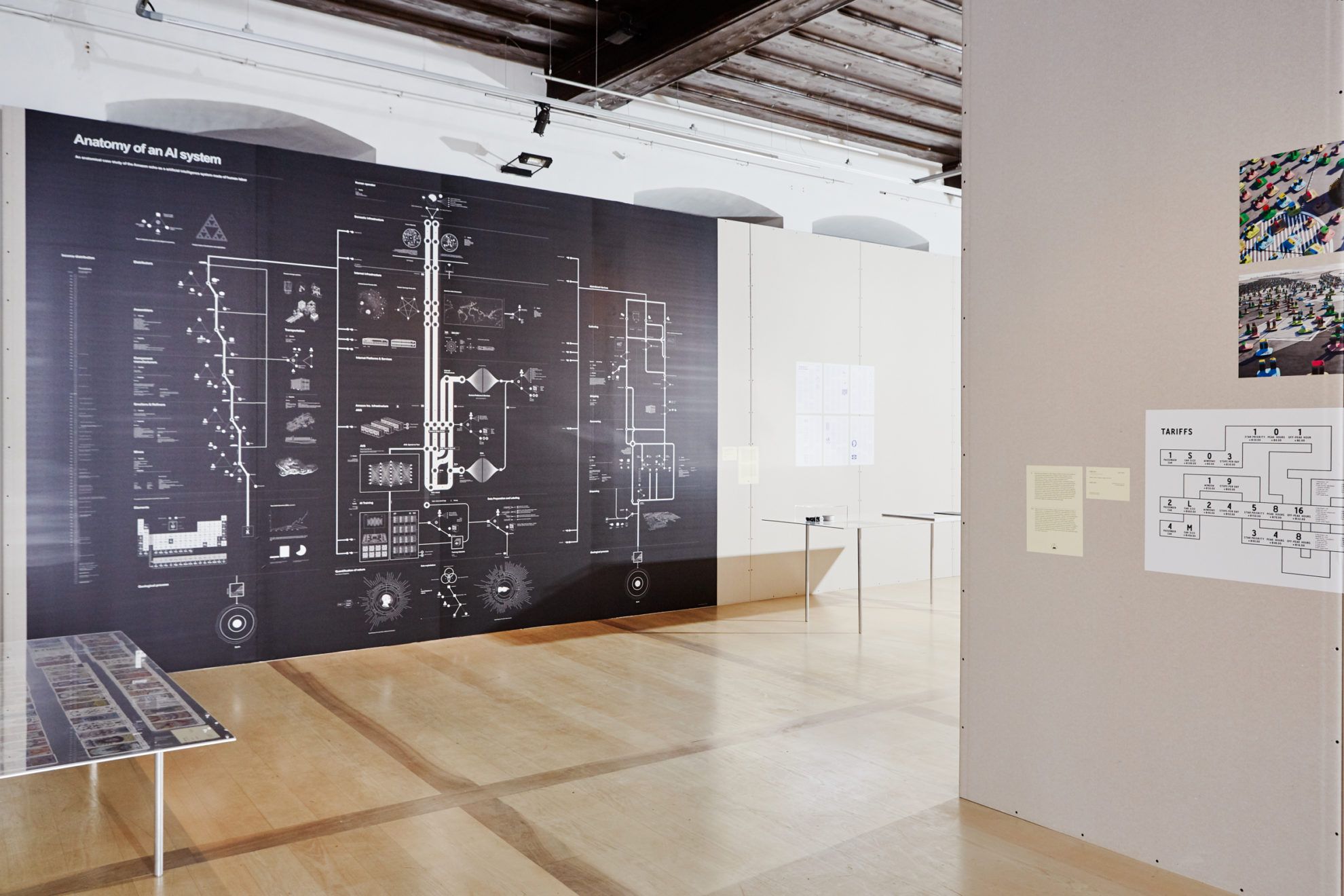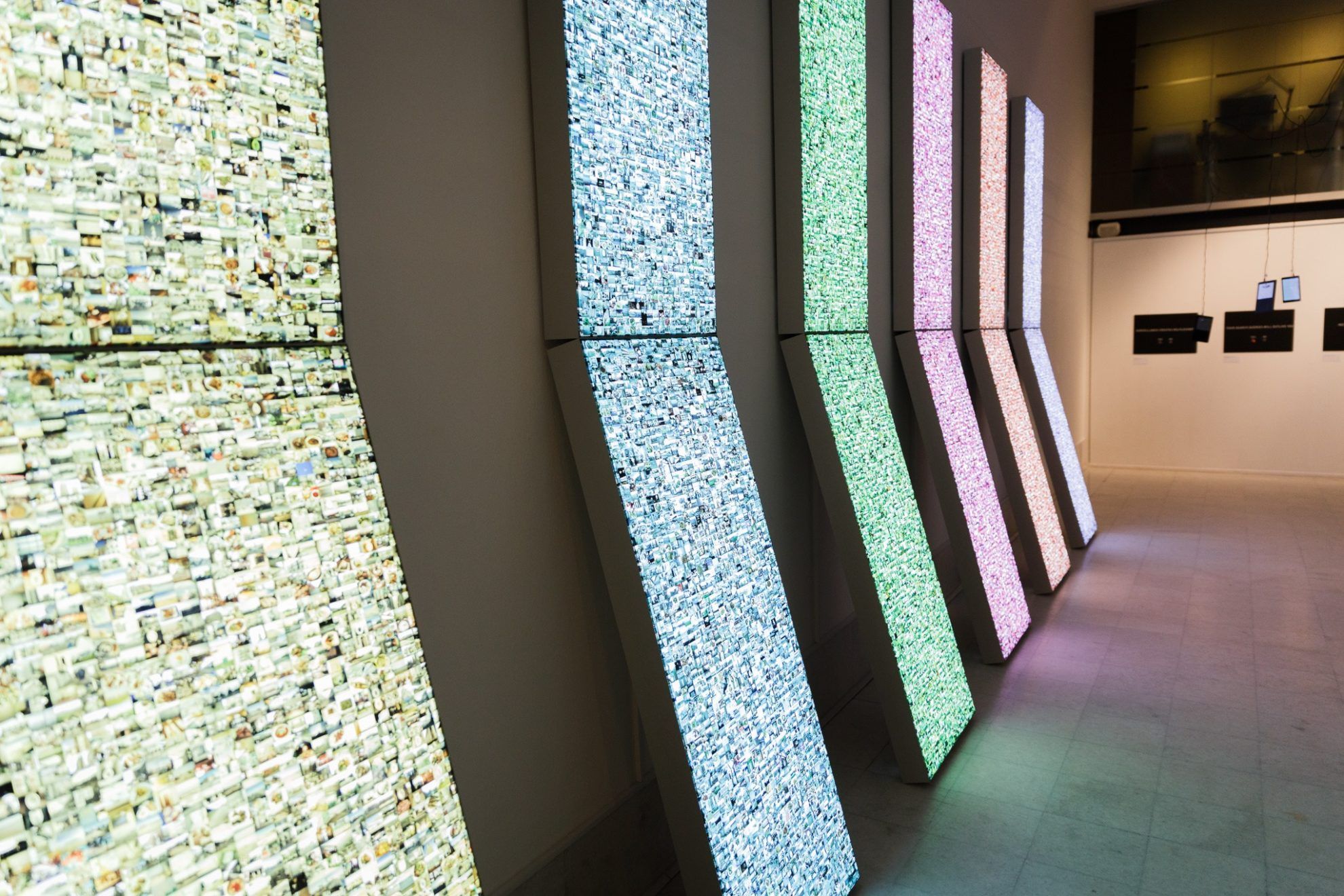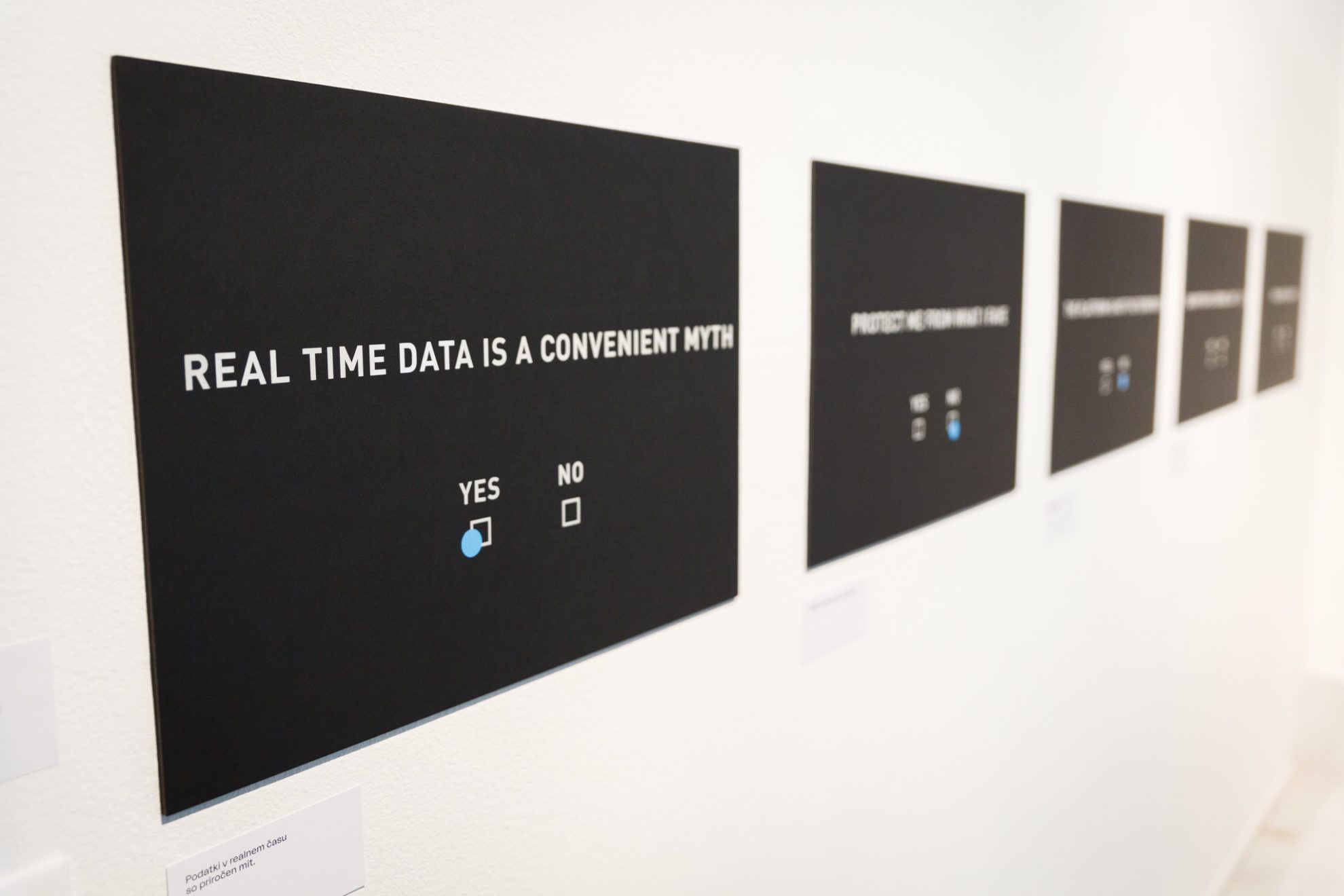How can design help in solving the problems caused by the overflow of information? Can it help at all? The projects presented at the 26th Design Biennial in Ljubljana attempt to answer these questions, amongst others.
Ljubljana is a peculiar place: the city has less than three hundred thousand habitants, yet this is where one can find perhaps the most high-quality contemporary art and design events in the region that represent a critical attitude. Their museum of contemporary art (MSUM) has one of the most exciting collections of the region, non-governmental organizations interested in solving social issues are in operation, and they also organize a Design Biennial since 1964 in addition to the Contemporary Art Triennial and the Graphics Biennial.

The way we think about design has changed a lot over 55 years, and the BIO (Biennial of Design) in Ljubljana keeps pace with it, too. The product-oriented industrial design exhibitions of the early years grew into project-focused exhibitions presenting multidisciplinary attempts. The curators of BIO 26 – Thomas Geisler and Aline Lara Rezende – have chosen a very relevant and important subject for this year: the program series titled ‘Common Knowledge’ focuses on today’s information crisis, and asks the visitor the unvarnished questions: what can we believe in?

Anyone can share and distribute information on the world wide web today. Can we distinguish between true and fake news? If we take one step back, from information to data, we face similarly alarming questions. Our data is being analyzed by algorithms, then conclusions are drawn from them which are then applied to users. Before we would look for answers to these problems, we must understand the complex process we are part of every day – and design may help in this exactly.

In his work created in 1988 titled ’From Data to Wisdom’, Russell L. Ackoff outlines the pyramid of data-information-knowledge-wisdom, and the curators of the exhibition took these notions as the basis when selecting the projects presented. The merging of the boundaries between science, art, technology and design, and the dialogue with the past infuses the entire Biennial: this is how Marshall McLuhan’s media theory essay can be showcased at the same exhibition as the iconic Tin Can Radio of Victor Papanek, or the new image of MIT Media Lab designed by Pentagram.

In addition to some playful pieces, several research-based projects also made it into the selection. A good example of the latter is the Beazley Design award-winning project of Vladan Joler and Kate Crawford, the Anatomy of an AI System, which reveals the ecological, economical and social impacts of the creation, operation and death of the Amazon Echo voice-controlled device to the visitors. Giant infographics are recurring elements of the show, and not by chance: the visual display of complex processes might be the key for us to understand deeper links, may it be the operation of networks or the influence and opinion-shaping power of media empires. The responsibility of graphic design, and, in a wider sense, design, too lies here somewhere.

The central exhibition is located at the Museum of Architecture and Design (MAO), which is accompanied by the six satellite projects implemented outside the museum, at other locations in the city (e.g. in a botanic garden, in a library or in a retirement home) in the collaboration of design mentors and young designers. In addition, an international coproduction was also created together with ZKM in Karlsruhe and the Goethe Institute in Ljubljana. The exhibition titled The Data and the Sovereign related to the theme of the biennial can be seen in Kresija Gallery, where the pieces selected by curator Lívia Nolasco-Rózsás call our attention to the absurdity of online observation and the need for the protection of our sovereignty. One of the peculiarities of the exhibition is that works of several artists who are also showcased in the main show of the BIO are displayed, which is another feedback to the absence of sharp division lines between art and design.
In terms of the role of design, BIO 26 is critical and optimistic at the same time: it acknowledges that design might be responsible for the creation of the concerned problems, but believes that in the future, it will be the responsibility of design to stop the processes that went in a negative direction.


The Common Knowledge exhibition will be available to the public from November 15, 2019 until February 23, 2020, while The Data and the Sovereign show will be open from January 16, 2020 until February 9, 2020.
Photos: Kaja Brezočnik, Klemen Ilovar. The pictures are courtesy of MAO and the Municipality of Ljubljana

Polish architect’s co-housing design won in Moscow

SQUARE-ANGLE – Géza Képes










